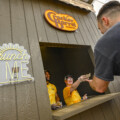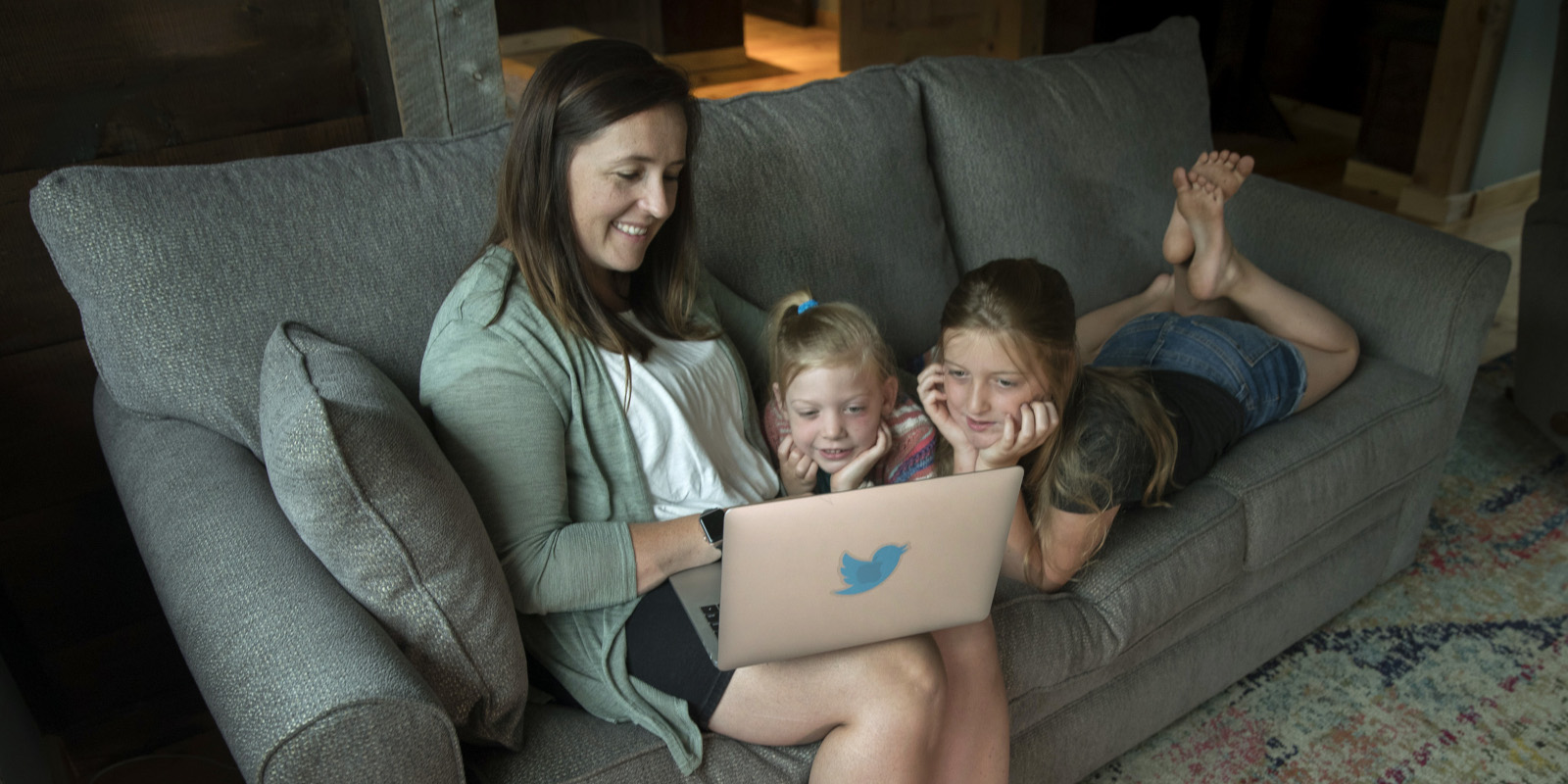As the winter break came to an end last week, parents in almost every Canadian province found themselves scrambling to adjust to school closures, virtual learning, and extended holiday breaks.
In Ontario, a two-day extension of the winter break turned into two weeks of online learning for the province’s students. In Alberta, the winter break was extended one week and parents are still waiting to find out whether their kids will be going back to school next week or if they’ll be cracking open a laptop for online learning.
Only in Saskatchewan, despite pressure from the teachers’ union, is it business as usual for now.
Although school closures were fairly common around the world in the previous waves of the COVID-19 pandemic, Canada’s zeal to keep kids at home is becoming an outlier.
In Europe, there has been a new effort to keep schools open despite soaring case numbers caused by the omicron variant of the virus. In New York City, the newly elected Mayor Eric Adams argued that closing schools was off the table because it was massively unfair to kids who live in poverty.
“The safest place for our children is in a school building. And we are going to keep our schools open and ensure that our children are safe and in a safe environment,” said Adams, at a press conference on Monday. “We’re not sending an unclear message of what is going to happen day to day. I’m going to tell you what’s going to happen day to day: we are staying open.”
On the same day, Ontario Premier Doug Ford told reporters that it took him “30 seconds to make a decision” to shutter schools, close gyms, and put a bevy of new restrictions on businesses in the province.
Just like the previous shifts to virtual learning, Canada’s poorest kids will be paying the heaviest price once again, said Jamil Jivani, Ontario’s advocate for community opportunities and host of the Jamil Jivani Show on the iHeartRadio talk network.
“It’s very frustrating to me, because the reality is that I was one of those kids who was considered at 16-years-old to be illiterate, and by the grace of God, and mentorship and community supports, I was able to turn things around,” said Jivani.
“But kids like me are exactly the ones who struggled in school. And without actually being in a place where you can access mentors, and people who can help you, I would have been left to the wilderness, just like many kids are being right now, where they’re falling behind, and no one’s paying close attention to them,” he said.
The research backs him up.
A study by the Ontario COVID-19 Science Advisory Table found that last year’s school closures led to significant learning loss among students. As well, the closures led to increased absenteeism, disrupted access to specialized education services, suppressed enrollment in kindergarten, and compromised the post-secondary hopes of some students.
The negative effects sprawled out in other parts of society, depressing labour force participation for parents, particularly mothers, and potentially costing the Canadian economy more than a trillion dollars over the lifetimes of students whose skills have been damaged by the closures.
School personnel are also the most likely people to report abuse or neglect among children and the closures led to a decrease in reporting.
Paul W. Bennett, an adjunct professor of education at Saint Mary’s University, has pointed out that Canada is struggling even to reliably tally up the number of kids who were “lost” during online learning last year. There is a large cohort of children who have simply disengaged from the education system entirely.
Even when kids have sporadically returned to in-person learning, many of the key social activities in the school day, like lunch-time, recess, and assemblies, have been eliminated or reduced. Experts are worried about kids’ mental health and there are signs of strain, including a recent study that showed a 20 percent increase in fights at high schools in one Colorado school district.
Fixing the problem
Jivani argued that there’s little point in arguing about school closures now and that parents and advocates should shift their focus to repairing the damage done over the last two years.
“Whatever ideologies people ascribe to in terms of the role of government in addressing social issues, this seems inarguable to me that we can point to direct harm being created by public policy and therefore responsibility in public policy to address that harm,” said Jivani.
Jivani suggested a plan to tackle the problem. First, a widespread “needs assessment” would be conducted, which would measure the problem and then set a timeline for getting kids caught up. The government would also fund extra programs, running on evenings, weekends, and summer breaks, which would accelerate learning and ensure that the process of catching up didn’t interfere with the current lesson plans. Finally, Jivani also encourages educators to tone down their focus on “race, culture, and creed,” and instead remember that kids who need help can come from any background, live in any neighbourhood, and be part of any community.
A study on the impact on learning and achievement of vulnerable Canadian children by researchers Jess Whitley, Miriam H. Beauchamp, and Curtis Brown also offered a number of suggestions for catching kids.
The plan included extra programs for kids who have been negatively affected by interrupted schooling, including “small group offerings during the school day, individual virtual supports provided after school, summer camps with a combination of play, high-quality recreation, and academics.”
The researchers also offered a plan for students who had become disengaged from school during the pandemic, including “outreach and mentorship programs, land-based programs, transitional programs with therapeutic and educational elements, or community-based programs staffed with qualified educators.”
The learning loss is already showing up among younger children.
A study out of Alberta among students in Grade 1 to Grade 3 found that students with problems reading were already up to six months behind and the students were having trouble improving without in-person teaching.
George Georgiou, the University of Alberta professor who conducted the study, said the stakes are high at this age: research shows that three-quarters of the children who don’t catch up by Grade 3 will never shake that learning deficit.
Recommended for You

The Weekly Wrap: Is the Poilievre comeback real?

Stephen Staley: The culture war comes for Cracker Barrel

Rudyard Griffiths and Sean Speer: Canada’s bad GDP numbers come with big risks for the Carney government

Robert Asselin: How Canada can compete in a weaponized world economy



